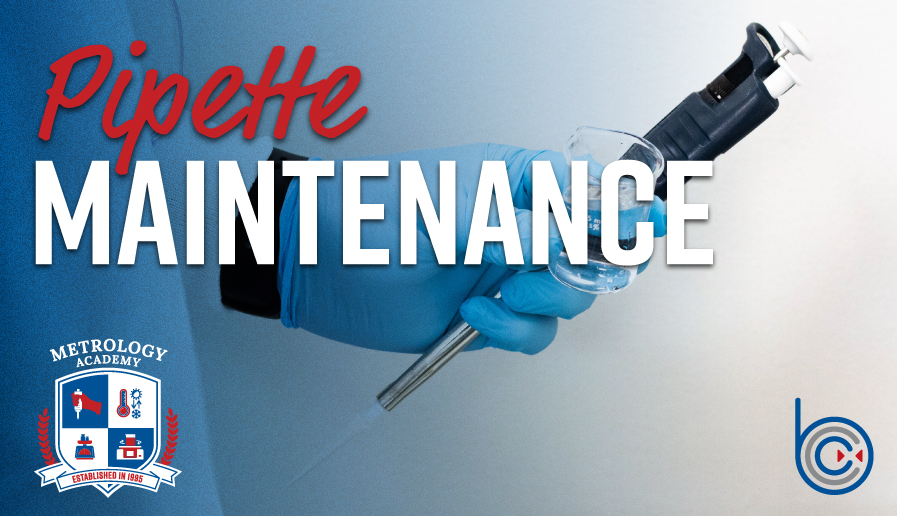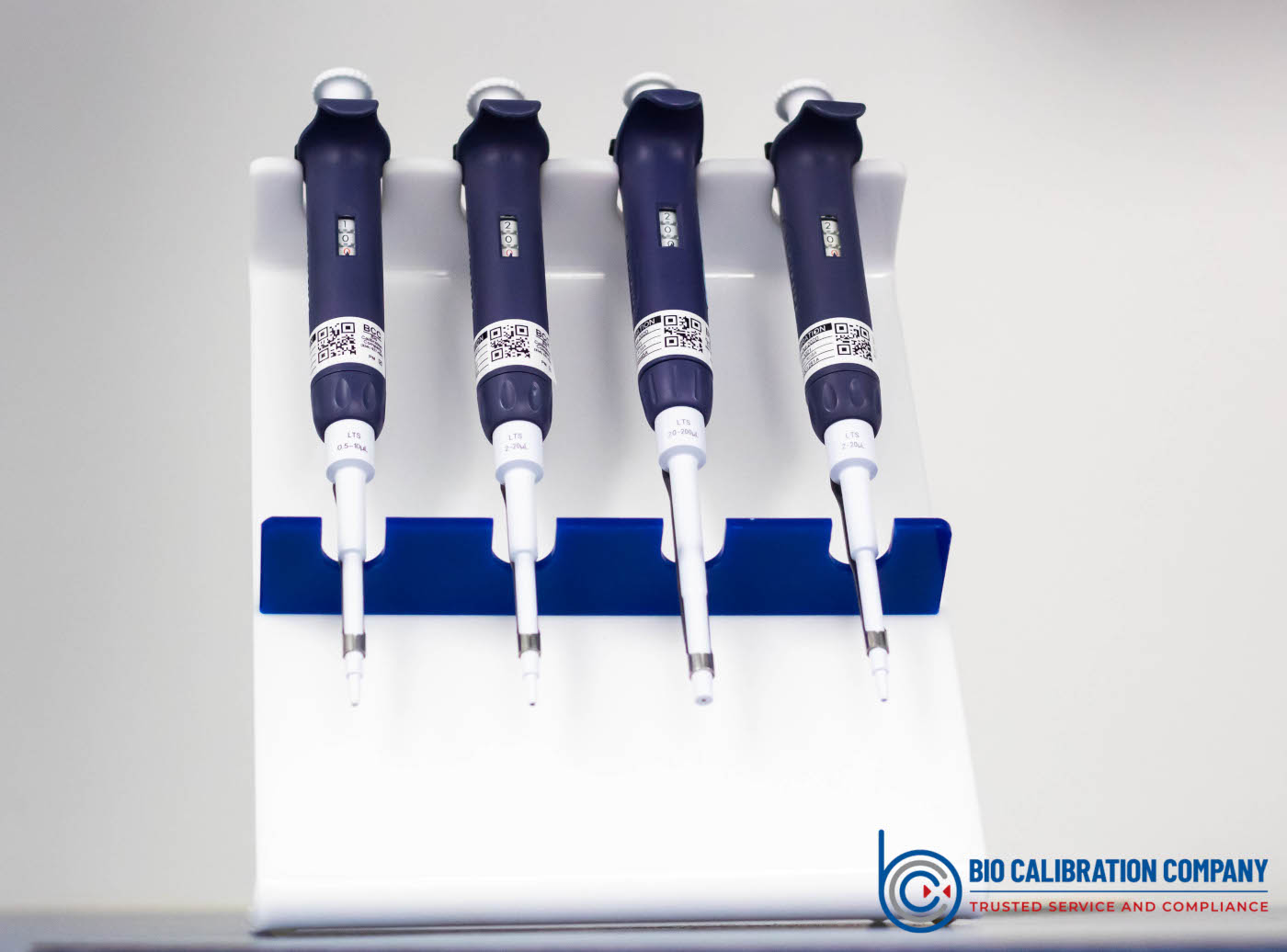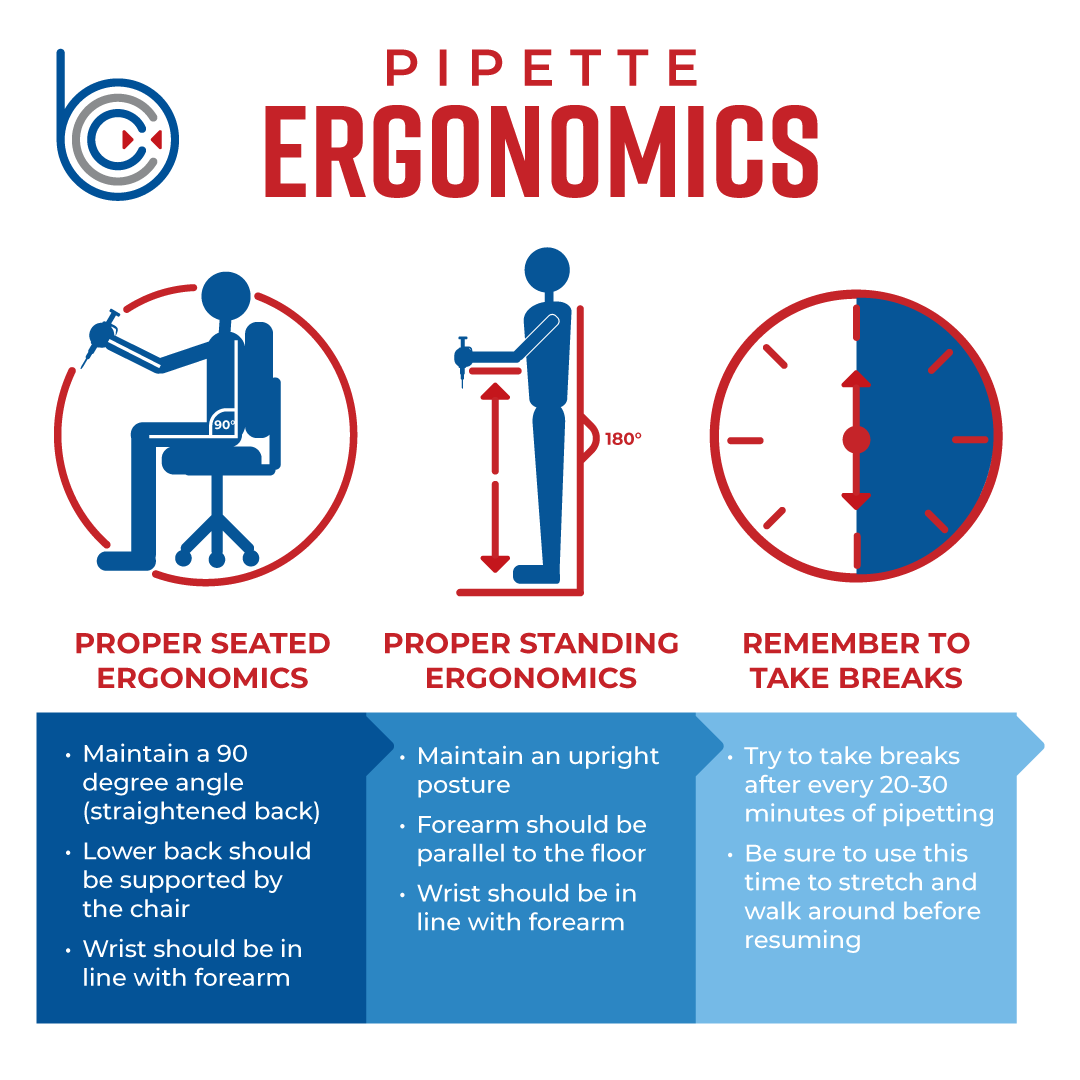
Pipettes Part 2: Best Practices for Pipette Maintenance

You know it’s important to ensure accurate measurements from your pipettes at your facility, but did you know one of the most critical factors to consider is your own technical skill? Poor technique can easily affect the accuracy of your results.
Over time, improper technique can also affect your health, increasing your risk for injury. With proper technique, you can be confident that your measurements are both accurate and precise.
It’s important to begin by considering three factors:
Use the forward-pipetting technique for standard pipetting:
When adjusting the volume, always initially aspirate more than the desired volume and then adjust down to the desired volume. Avoid aspirating a smaller amount and then increasing the amount incrementally and stopping at the desired volume.
You can also use other techniques, depending on the type of liquid, the volume, and more. These techniques include reverse-pipetting (use with solutions that foam or have high viscosity), repetitive-pipetting (to duplicate use of the same volume), and heterogenous sample techniques (use with blood or serum).
You can take several other steps to improve the accuracy of your pipetting methods.

Store your pipettes in an upright position
You must consider ergonomics while pipetting, especially during longer sessions. Without proper technique, your risk of injury increases.
In addition to pain and swelling, other possible injuries include:
The best way to avoid injury is to use proper ergonomics. Consider taking these steps to help avoid injury:

These methods can help you proactively protect your health while ensuring the accuracy of your results. It is also important to enlist professionals to keep your equipment calibrated. With our calibration services tailored to your unique needs, your lab will be well on its way to efficiently and accurately producing excellent results.
This is a two-part series on pipettes. See Pipette Maintenance Part 1 for information on best practices for pipette maintenance.
Request a quote today!
